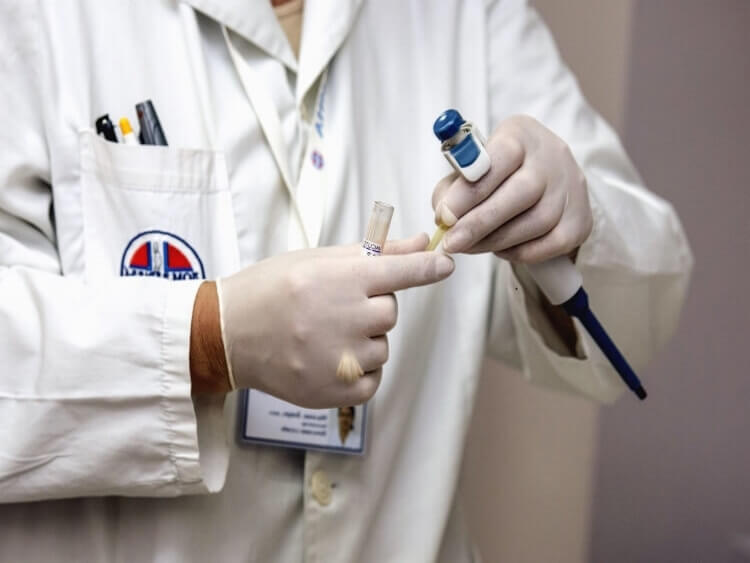3h
Mouse CASP12(Caspase 12) ELISA Kit
Mouse CASP12(Caspase 12) ELISA Kit
20ng/mL
Sandwich
0.112ng/mL
Mus musculus
0.312-20ng/mL
Apoptosis;Infection immunity;
CASP12P1; Cysteinyl Aspartate Specific Proteinases 12; Apoptosis-Related Cysteine Peptidase
E05 478 566 350 170 or Enzyme-Linked Immunosorbent Assays,E05 478 566 350 170 or Enzyme-Linked Immunosorbent Assays
Human and some mouse caspases are active in apoptosis and cell death and even in necrosis and inflammation. CASP Gene and orthologous enzymes have been identifies successfully in the signal transduction cascade and pathways.
ELISA Enzyme-linked immunosorbent assays Code 90320007 SNOMED,Mouse or mice from the Mus musculus species are used for production of mouse monoclonal antibodies or mabs and as research model for humans in your lab. Mouse are mature after 40 days for females and 55 days for males. The female mice are pregnant only 20 days and can give birth to 10 litters of 6-8 mice a year. Transgenic, knock-out, congenic and inbread strains are known for C57BL/6, A/J, BALB/c, SCID while the CD-1 is outbred as strain.
The test principle applied in this kit is Sandwich enzyme immunoassay. The microtiter plate provided in this kit has been pre-coated with an antibody specific to Caspase 12 (CASP12). Standards or samples are then added to the appropriate microtiter plate wells with a biotin-conjugated antibody specific to Caspase 12 (CASP12). Next, Avidin conjugated to Horseradish Peroxidase (HRP) is added to each microplate well and incubated. After TMB substrate solution is added, only those wells that contain Caspase 12 (CASP12), biotin-conjugated antibody and enzyme-conjugated Avidin will exhibit a change in color. The enzyme-substrate reaction is terminated by the addition of sulphuric acid solution and the color change is measured spectrophotometrically at a wavelength of 450nm ± 10nm. The concentration of Caspase 12 (CASP12) in the samples is then determined by comparing the O.D. of the samples to the standard curve.
